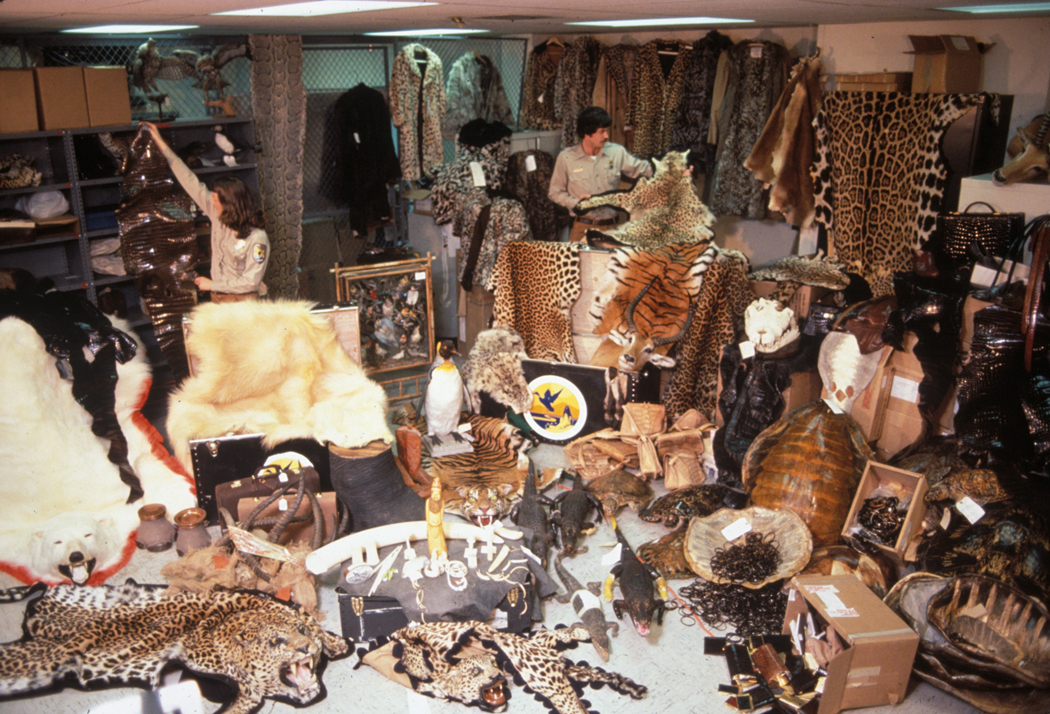It is not unusual to hear the words
“extinct” and “extinction” used. Sadly, they tell us that a species has vanished from the planet. Every little kid knows that - despite the ideas in the Jurassic Park movies - the dinosaurs are extinct.
It is a process, like climate change, that naturally occurs and has been happening long before humans were around. Since life began on our planet, it is estimated that about 99 percent of all species that ever lived have gone extinct. Most of that is due to natural causes.
Humankind played no role in most of these extinctions, but for the most recent extinctions, we do play a part.
The passenger pigeon, wild dromedary camel, the dodo bird, the Javan tiger, the dusky seaside sparrow and others on a long list can be blamed on our hunting, harvesting and destruction of habitat.
Less commonly heard is the term
extirpate. Some species are not gone forever (extinct) but have disappeared from large areas of their original, natural habitat. We say that they been extirpated which means completely gone from a particular region—in other words,”locally extinct.”
For example, the American red wolf used to be common throughout much of the Southeastern U.S., but by 1980,
Canis rufus had been extirpated everywhere but along a narrow strip of coastal eastern Texas. Of course, if that last small population of wolves had been killed off, the species would have gone extinct.
In New Jersey, cougars, bobcats and bald eagles all went through being threatened, endangered and extirpated. But bobcats and bald eagles were reintroduced to the state and have made comebacks. (I don't expect a similar program for cougars!)
Another state example is the Pine Barrens tree frog (
Hyla andersonii) which for a time was a logo favorite for state conservation programs. It is a species of New World tree frog that has become endangered due to habitat loss.
At only 1–3 inches (25–76 mm) long, it is one of the smaller species of tree frogs.
The Pine Barrens tree frog is currently distributed in three disjunct areas in the eastern United States: the New Jersey Pine Barrens; the Sandhills of North and South Carolina; and the Florida panhandle and southern Alabama.
It is the state frog of North Carolina. As far as I can find,
NJ has no state frog. I nominate this little green wonder.
In our Pine Barrens, it is most commonly found in brushy areas, often near peat bogs or shallow ponds and areas carpeted with thick moss. The adults are terrestrial, but tend to reside near water sources. Unlike most frogs, they are tolerant of low pH levels, and often lay eggs in the shallow, acidic ponds which are found in the Pinelands.
Hyla andersonii was listed as endangered by the US Fish and Wildlife Service between 1977 and 1983, when additional populations were found in Florida.
Those red wolves were placed in a captive breeding program, and some have been released into one area of North Carolina, where they have since been breeding successfully. As with our Jersey eagles and bobcats, these programs have also brought back the California condor, the American bison to repopulate areas from which they were extirpated by humans.







